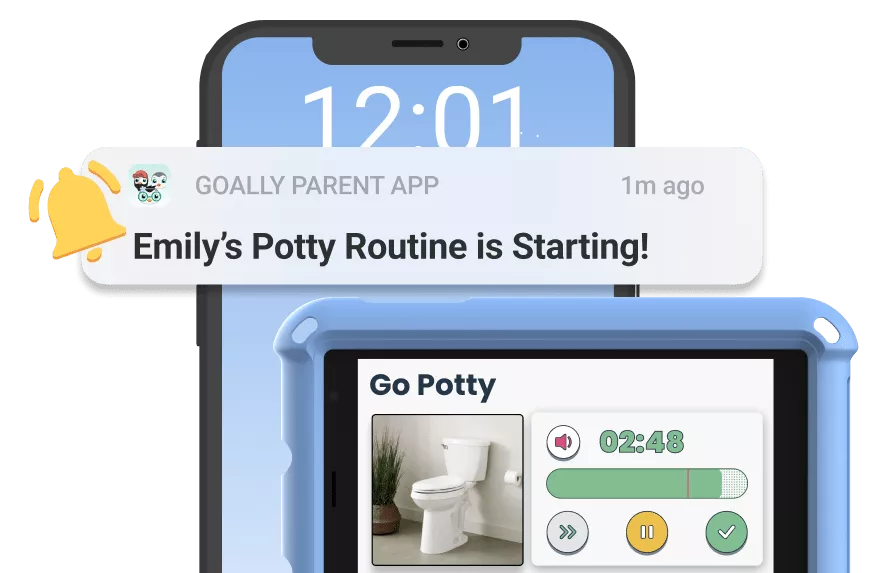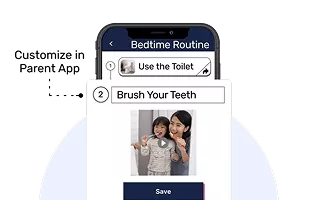Want to help your kids eat healthier but don’t know where to start? This guide will show you the steps to make healthy food choices for your kids without all the stress.
Key Takeaways:
- Focus on whole foods like fruits, veggies, lean proteins, and whole grains.
- Limit sugary snacks and drinks; opt for water and natural alternatives.
- Make meals fun and involve your kids in food choices.
What’s the best way to choose healthy food for kids? Choosing healthy food for kids is crucial for their growth, energy, and long-term well-being. By focusing on whole foods, limiting sugar, and involving your kids in meal decisions, you can set them up for a lifetime of healthy eating habits.
Table of Contents
Step 1: Focus on Whole Foods
Whole foods are the foundation of a healthy diet for kids. That means fruits, vegetables, whole grains, and lean proteins. These foods provide the vitamins, minerals, and fiber kids need to grow and stay healthy.
Think about simple swaps: instead of sugary cereals, go for oatmeal topped with fresh fruit. Replace white bread with whole grain options. When you serve whole foods, you’re setting your kids up with the best start possible.
- Fruits and Veggies: These are packed with nutrients. Make them fun—try cutting them into fun shapes or serving them with a tasty dip.
- Whole Grains: Opt for whole grain bread, pasta, and rice. They’re packed with fiber and keep kids full longer.

Read more: How to Get a Picky Toddler to Eat New Foods
Step 2: Limit Sugary Snacks and Drinks
Sugar is everywhere, and it can be hard to avoid. But too much sugar can lead to mood swings, hyperactivity, and long-term health issues. The key is moderation. Choose snacks that are low in added sugar and watch out for sugary drinks.
For example, instead of soda or juice, offer water or milk. Make flavored water with slices of fruit or a splash of juice. For snacks, try yogurt with fresh fruit instead of candy or cookies. You’ll be amazed at how quickly kids can adapt to healthier choices!
Healthy Snack Alternatives:
- Instead of Chips: Try air-popped popcorn or whole grain crackers.
- Instead of Candy: Offer fresh fruit or dried fruit without added sugars.
- Instead of Sugary Drinks: Offer water with a splash of juice or herbal teas.
Step 3: Make Meals Fun and Interactive
Kids are more likely to eat healthy foods if they have a say in what goes on their plate. Get them involved in meal planning, shopping, and cooking. This can make the whole experience more enjoyable and educational.
For instance, let your kids pick a new fruit or vegetable to try each week. Or, set up a “build-your-own” taco or salad night where they can add their favorite toppings. When kids feel part of the process, they’re more excited to eat what they’ve helped create.
- Cook Together: Let your kids help wash veggies or stir ingredients. Simple tasks build their confidence and interest in food.
- Colorful Plates: Use lots of colors in meals. Kids eat with their eyes first, so a colorful plate makes food more appealing.
Step 4: Keep Portions Kid-Sized
It’s easy to overestimate how much food kids need. Serving portions that are too large can overwhelm them and lead to overeating. Remember, a kid’s stomach is about the size of their fist, so keep portions small and manageable.
Start with small servings, and let your kids ask for more if they’re still hungry. This helps them listen to their bodies and eat when they’re truly hungry—not just because there’s food on their plate.
- Small Plates: Use smaller plates to help control portion sizes.
- Balanced Meals: Aim for half the plate to be fruits and veggies, a quarter lean protein, and a quarter whole grains.
Step 5: Set a Positive Example
Kids learn from watching you. If you’re making healthy choices, they’re more likely to do the same. Try to eat together as a family whenever possible. It’s a great opportunity to model good eating habits and enjoy quality time together.
Be open to trying new foods yourself, and talk positively about what you’re eating. Your enthusiasm will be contagious, and kids will be more willing to try new things if they see you enjoying them too.
- Eat Together: Family meals are a great time to connect and model healthy eating habits.
- Be Adventurous: Don’t be afraid to try new foods and let your kids see your excitement.

Read more: How to Get a Child to Eat When They Refuse
Step 6: Don’t Stress About Perfection
Feeding kids can be a challenge, and it’s easy to get caught up in doing everything perfectly. But it’s okay if your kid doesn’t love every healthy food you serve. The goal is to keep offering nutritious options without pressure.
Remember, it’s about progress, not perfection. Focus on the small wins—like when your kid chooses a banana over a cookie or tries a new veggie. Celebrate these moments and keep the atmosphere around food positive and stress-free.
- Offer, Don’t Force: Keep offering healthy foods, even if your kids reject them. It often takes multiple tries.
- Celebrate Small Wins: Acknowledge when your kids make healthy choices and encourage them without pressure.

Goally | Best Videos to Teach Life Skills
Give your kid an independent future. Goally has 100+ video classes teaching life skills like “How to Choose a Restaurant,” “How to Interrupt Politely,” and “How to Get Ready for School.”
Goally takes kids on an adventure that includes interactive practice and checkpoints along the way! No web browsers, YouTube, or social media.
Helping your kids choose healthy foods doesn’t have to be a battle. By focusing on whole foods, limiting sugar, and making meals fun and engaging, you’re teaching your kids valuable lessons that will last a lifetime. And remember—every healthy choice counts, even the small ones.
Resources:
FAQs about Healthy Food for Kids
What are some healthy foods for kids?
Healthy foods for kids include fruits, vegetables, whole grains, lean proteins, and dairy products.
How can I encourage my kids to eat healthy foods?
You can encourage kids to eat healthy by involving them in meal planning and making healthy foods fun and colorful.
What should I avoid when choosing food for my kids?
Avoid foods high in added sugars, unhealthy fats, and excessive sodium.
How much fruit and vegetables should kids eat daily?
Kids should aim for at least five servings of fruits and vegetables a day.
What are good snacks for kids?
Good snacks for kids include fresh fruits, yogurt, whole-grain crackers, and nuts.
This post was originally published on 09/21/2023. It was updated on 08/30/2024.

Hennah is an experienced writer and researcher, helping children with autism, ADHD, and other neurodivergent conditions. As a blog contributor for Goally, she combines her deep understanding of neurodiversity with practical advice, offering valuable insights to parents and educators.





